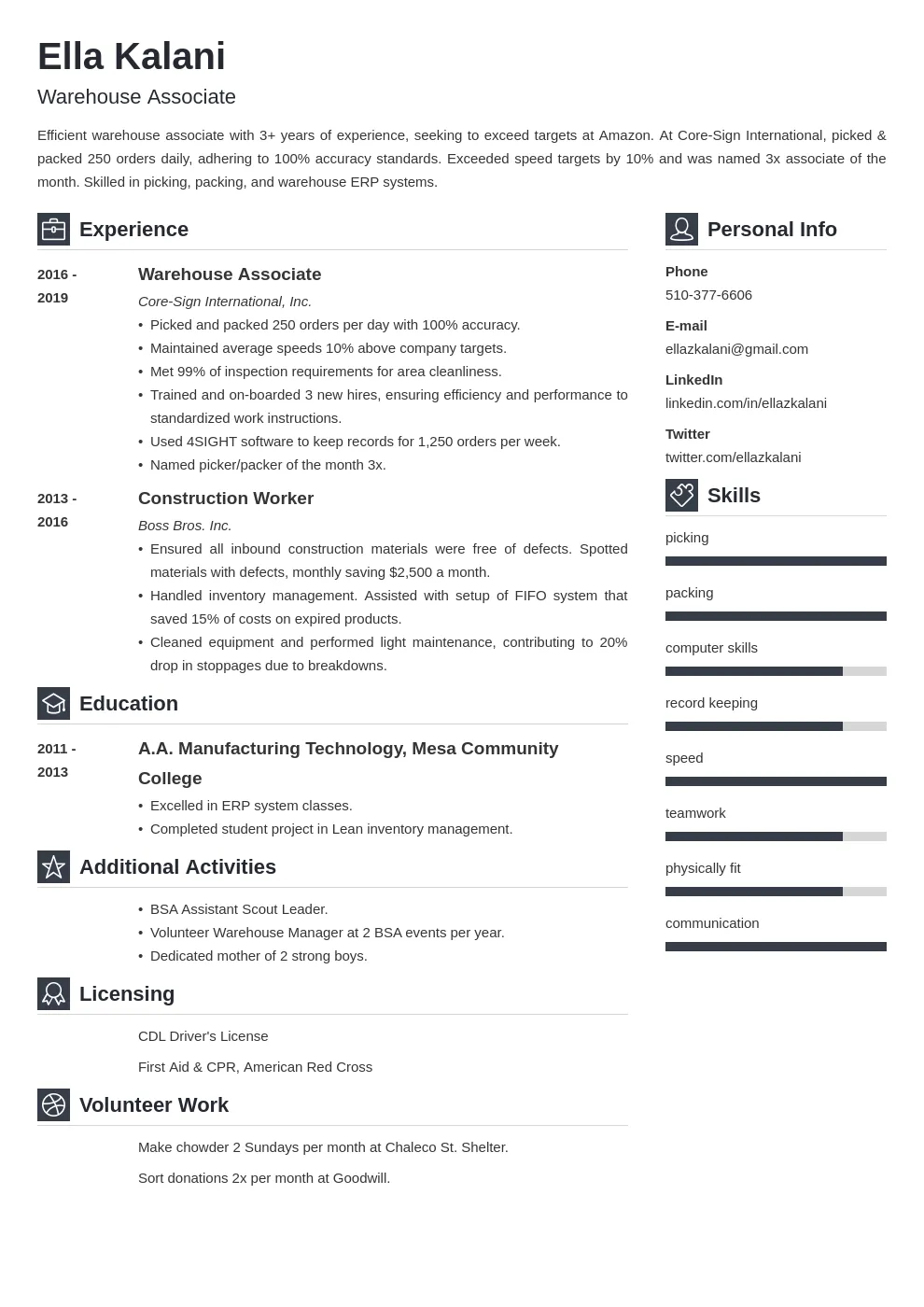Why an Internal Position Cover Letter Matters
Applying for an internal position requires a strategic approach, and a well-crafted cover letter is your key to success. It’s not just about stating your interest; it’s about showcasing your value to the company in a way that a standard resume often can’t. An effective cover letter for an internal position helps you stand out from other applicants, demonstrating your genuine interest and understanding of the role and the company’s needs. This document provides a unique opportunity to express your familiarity with the company culture, your existing relationships, and your commitment to the organization. Moreover, it allows you to tailor your application to the specific requirements of the new position, highlighting relevant skills and experiences that align with the job description and company goals. A strong cover letter proves you are ready to make the next step in your career!
Highlighting Your Achievements
One of the most crucial aspects of your internal cover letter is highlighting your achievements. This isn’t just a list of job duties; it’s a showcase of your accomplishments and the value you’ve brought to the company so far. Focus on specific projects, initiatives, and results that demonstrate your skills, contributions, and impact on the organization. Begin by identifying your key achievements in your current or previous roles, and then translate those achievements into quantifiable data and compelling narratives. This provides tangible evidence of your capabilities, establishing you as a valuable asset. Remember, the goal here is to show, don’t just tell. Illustrate what you’ve done with action verbs, and focus on the benefits your work provided to the company.
Quantify Your Accomplishments
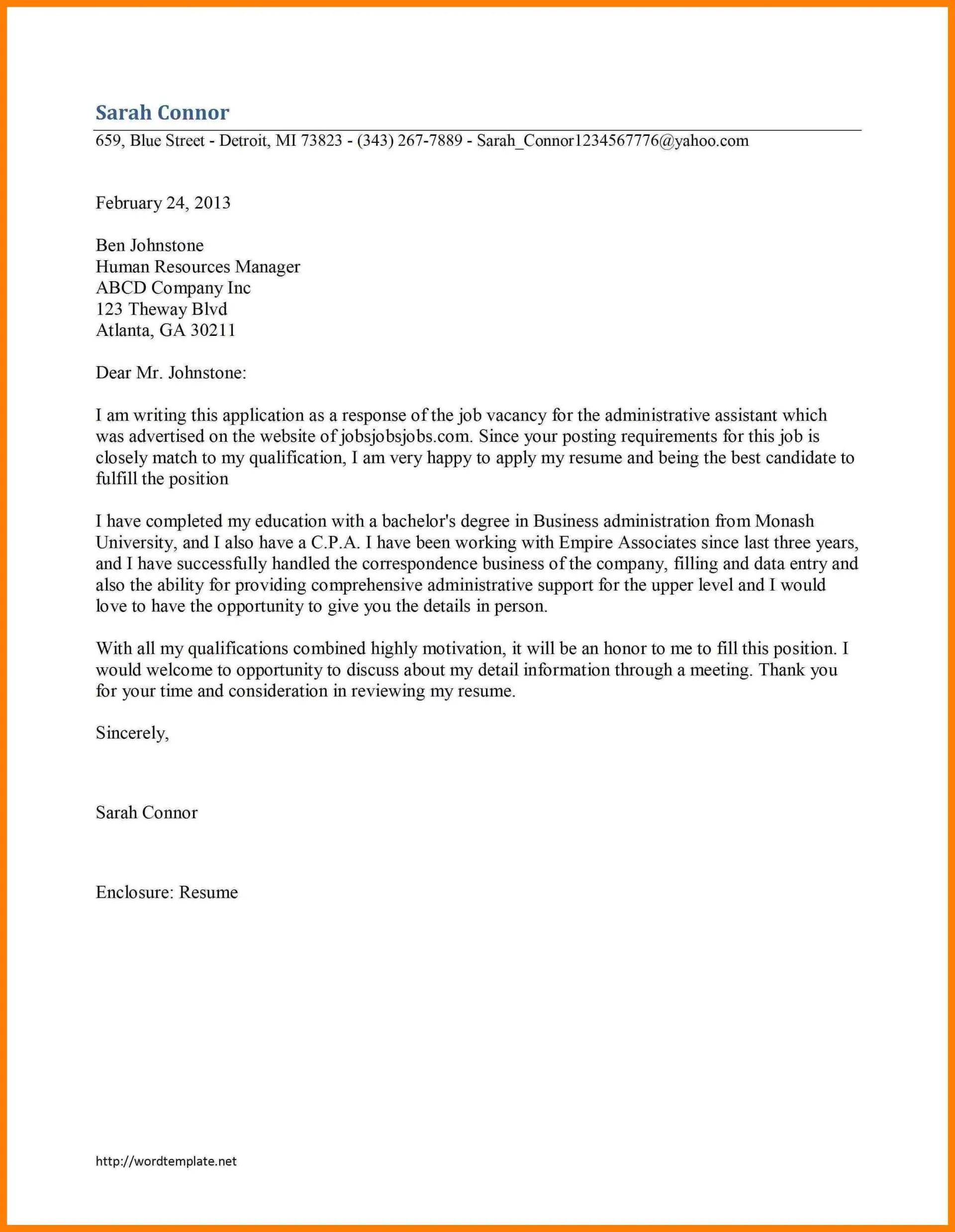
To make your achievements even more impactful, quantify them whenever possible. Numbers and data provide concrete evidence of your success and make your claims more credible. Instead of saying you ‘improved customer satisfaction,’ state that you ‘increased customer satisfaction scores by 15% through implementing a new feedback system.’ Similarly, if you’ve contributed to cost savings, say you ‘reduced operational costs by $10,000 through streamlining processes.’ By quantifying your accomplishments, you provide a clear and objective assessment of your value, making it easier for the hiring manager to understand the extent of your contributions and the positive impact you’ve had on the company. This not only strengthens your cover letter but also highlights your analytical skills and attention to detail.
Demonstrating Company Knowledge
One of the advantages of applying for an internal position is that you already possess knowledge about the company, its values, and its goals. Your cover letter should clearly demonstrate this understanding. This involves referencing specific company initiatives, values, or projects that resonate with the role you’re applying for. Research the new position’s department and team, understanding its objectives and challenges. Tailor your cover letter to showcase how your experience aligns with the company’s mission and the role’s requirements. Showing this level of understanding demonstrates your commitment to the organization and proves your dedication to contributing to its success. This also shows the hiring manager you’re not just looking for a new job but are also dedicated to the company’s long-term vision.
Showcasing Internal Relationships
Building relationships within the company is an advantage when seeking an internal position. You can leverage these existing connections in your cover letter. Mentioning colleagues, teams, or departments you’ve worked with demonstrates your ability to collaborate and integrate into the company culture. If you have mentors or colleagues who can vouch for your skills or your work ethic, consider mentioning them. However, do not overdo it; focus on the benefits of this collaboration for the company. Highlighting your connections can demonstrate your ability to work effectively within the organization and your commitment to building and maintaining positive professional relationships, which often lead to increased productivity and a better team atmosphere. This shows you understand the internal dynamics and are well-equipped to navigate and contribute to the team’s success.
Tailoring Your Skills
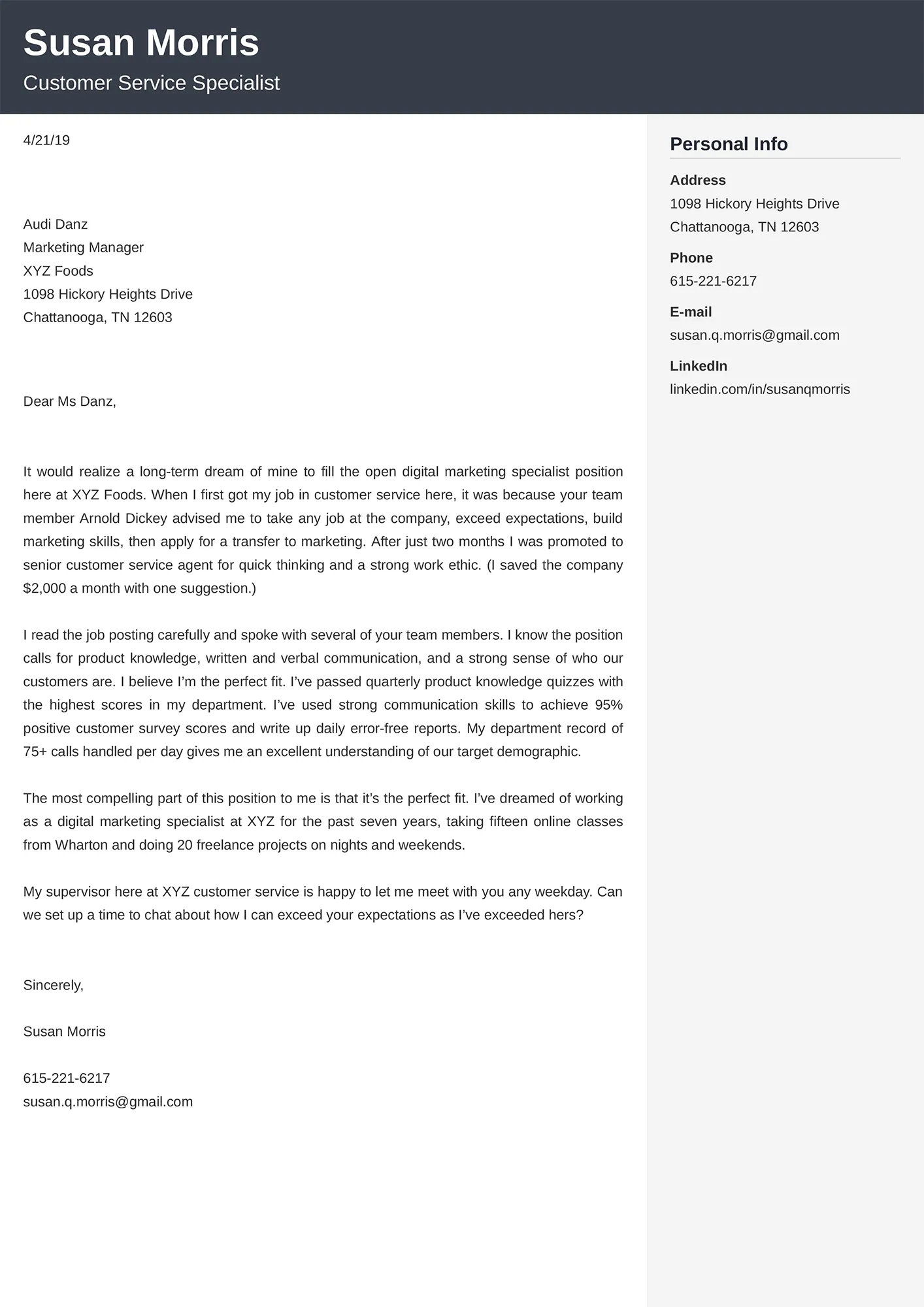
Tailoring your skills to the new role is critical for a compelling cover letter. Review the job description carefully, and identify the skills and qualifications the employer is seeking. Then, in your cover letter, highlight the specific skills you have that directly match those requirements. Provide clear examples of how you have used these skills in your current or previous roles, and explain the positive outcomes you achieved. This approach demonstrates your ability to fulfill the responsibilities of the new position and assures the hiring manager that you possess the necessary capabilities. Tailoring your cover letter shows that you have taken the time to understand the role’s requirements and are confident in your ability to excel. This personalization greatly increases your chances of getting an interview.
Aligning with the New Role
To truly impress, show how your current experiences align with the new role’s demands. For instance, if the new position requires project management skills, highlight your project management experience, detailing the projects you’ve led, your role, and the results you achieved. If the role emphasizes communication, describe instances where you’ve effectively communicated with various stakeholders. Tailor your cover letter to clearly link your past experience with the requirements of the new role. This demonstrates not only your capability but also your genuine interest in the position, showing you’ve considered how your existing skills translate to the new challenges and responsibilities. This strategic alignment proves you are a strong fit and can contribute meaningfully to the new role from day one.
Expressing Enthusiasm and Intent
Expressing your enthusiasm for the internal position and your intent to contribute to the company’s success is vital. Your cover letter is an opportunity to communicate your excitement about the new role and reiterate your commitment to the organization. Clearly state why you’re interested in the position, how it aligns with your career goals, and the specific contributions you intend to make. Use passionate language to convey your genuine interest, such as, ‘I am excited about the opportunity to contribute my skills and experience to the team’ or ‘I am eager to leverage my knowledge to achieve the new department’s goals.’ Show your commitment to making a positive impact, proving to the hiring manager that you are not just looking for a job but are genuinely invested in the company’s success. This helps to convey your sincere interest in the role.
Referencing Your Internal Network
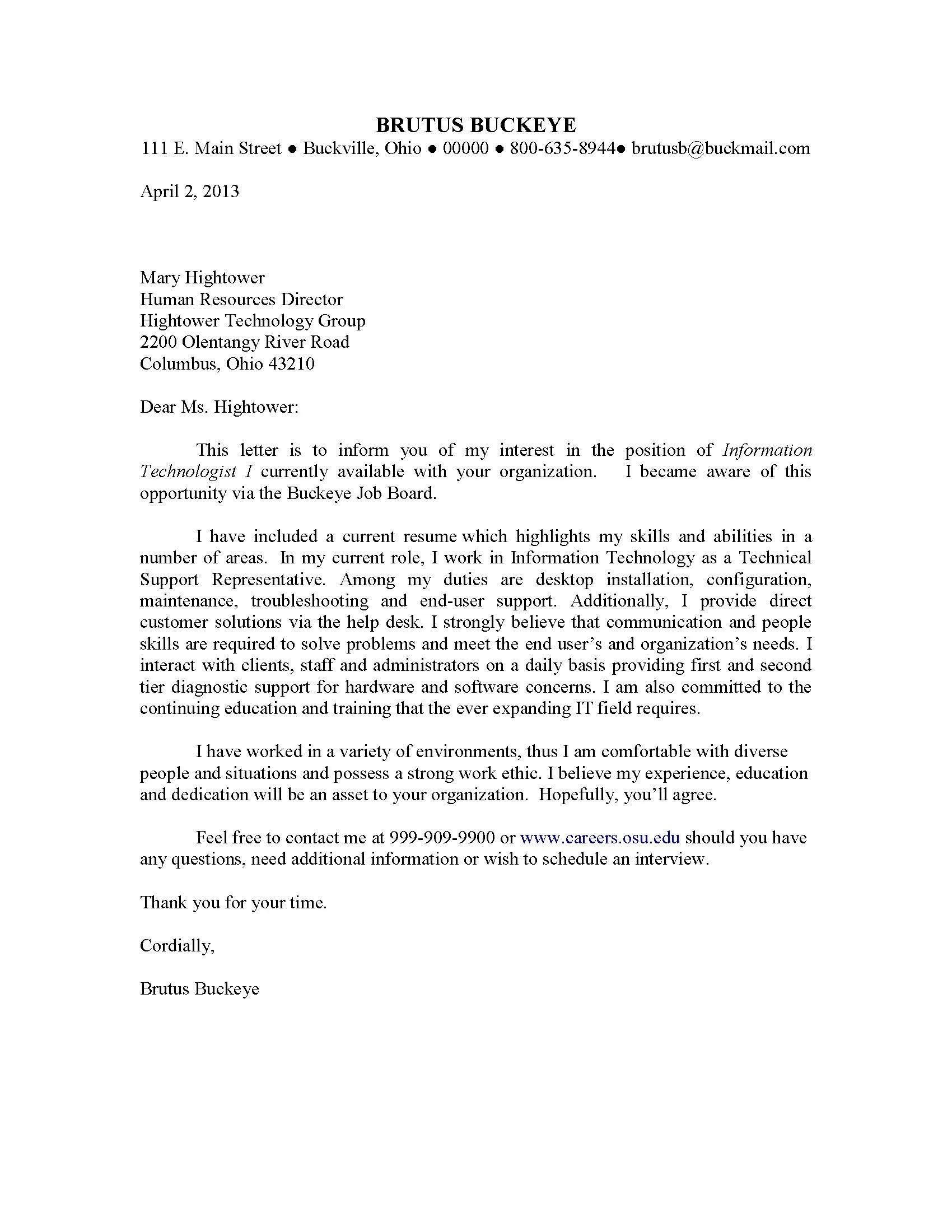
When appropriate, referencing your internal network can add weight to your application. If you’ve discussed the position with someone who currently holds a similar role or is part of the hiring team, consider mentioning this interaction. For example, you might state, ‘After discussing the role with [Name], I am even more convinced that my skills and experience are an ideal fit.’ Ensure you have the permission of the individual to use their name. This shows you’ve taken the initiative to gather information and gives your application extra credibility. Such references indicate that you are actively involved in the company’s internal network and demonstrate your willingness to seek information and guidance from your colleagues, which showcases you’re not just looking for a job but are committed to integrating and contributing to the team.
Mentioning Future Goals
Mentioning your future goals in your cover letter can provide the hiring manager with a clearer picture of your long-term objectives and how the new role fits into your career path. Briefly outline your aspirations within the company and how the new position can help you achieve those goals. If you aim to expand your skill set, take on more responsibilities, or grow within the company, mention these aspirations. Framing your goals in alignment with the company’s objectives indicates a commitment to the organization’s long-term success. Highlighting your future aspirations can increase the likelihood of your application being selected as you are projecting a long-term commitment to the team.
Formatting and Presentation
The formatting and presentation of your cover letter play a crucial role in how it is received. Your cover letter should be easy to read, well-organized, and visually appealing. Use a professional font, such as Arial or Times New Roman, with a font size of 11 or 12 points. Use clear headings and subheadings to break up the text and make it easier to scan. Keep the letter concise, ideally no more than one page. Use bullet points when appropriate to highlight key accomplishments or skills. Ensure there are no grammatical errors or typos. This demonstrates your attention to detail and commitment to professionalism. A well-formatted cover letter shows you respect the hiring manager’s time and provides a positive first impression.
Keep it Concise
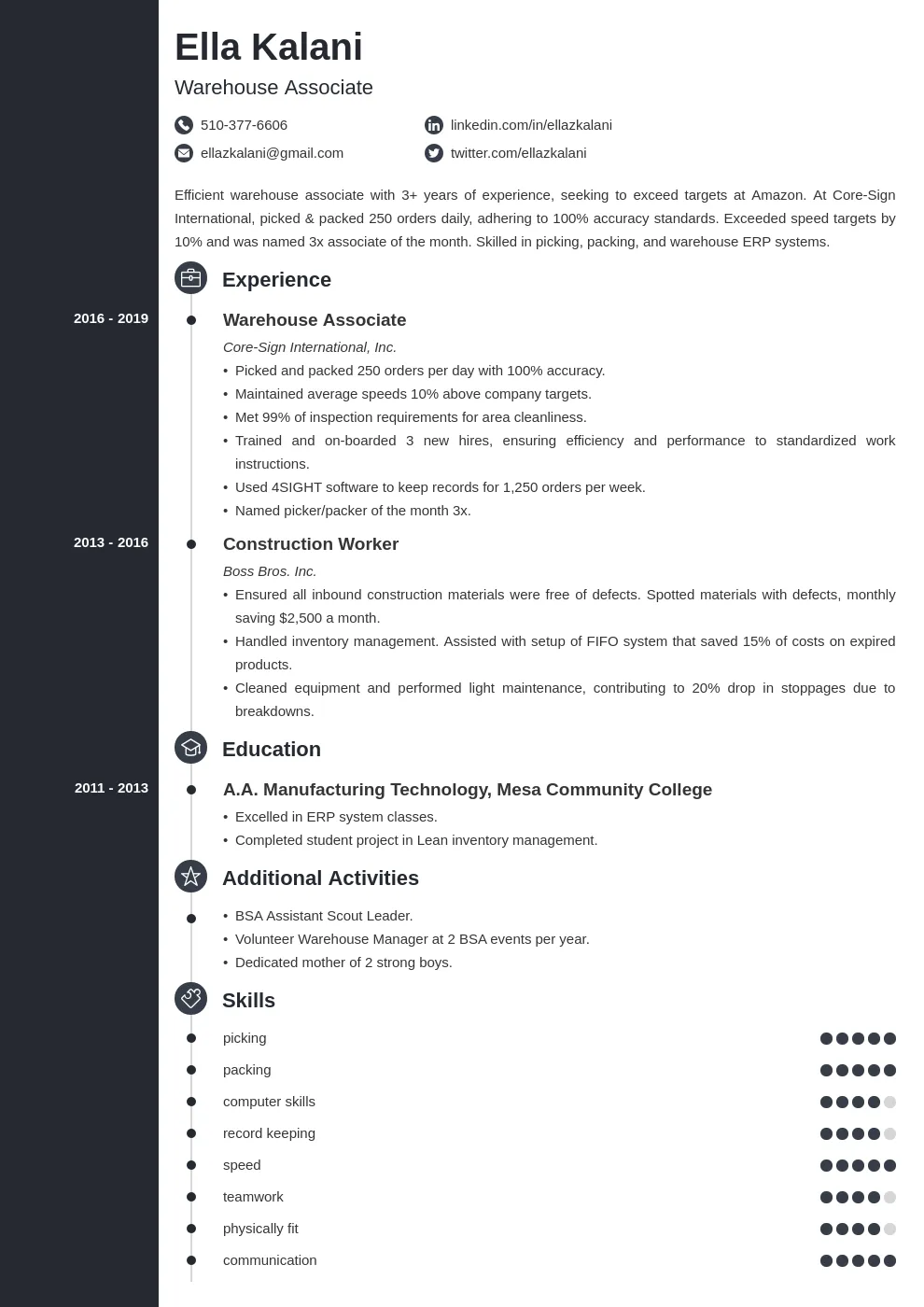
Keep your cover letter concise and to the point. Hiring managers are busy, so your goal is to effectively communicate your value without overwhelming them with information. Aim for a single page, focusing on the most relevant points. Prioritize the information that directly aligns with the job requirements and highlight your key achievements. Avoid lengthy paragraphs or unnecessary details. Make every word count by focusing on the aspects that will make you stand out as the best candidate for the internal position. The goal is to capture their attention quickly and make them want to learn more about you. Brevity demonstrates respect for their time and makes your application more impactful.
Proofread Carefully
Proofreading your cover letter is a non-negotiable step. Errors in grammar, spelling, or punctuation can undermine your credibility and give a negative impression, signaling a lack of attention to detail and professionalism. Before submitting your cover letter, review it multiple times, paying close attention to every sentence. Use a grammar checker to catch any errors you might have missed. If possible, ask a friend or colleague to read your cover letter, as a fresh pair of eyes can often identify mistakes you overlooked. A well-proofread cover letter shows that you are detail-oriented and committed to producing high-quality work. Ensure your cover letter is polished and reflects your best self.
Call to Action
Concluding your cover letter with a clear call to action encourages the hiring manager to take the next step. This includes expressing your interest in an interview, reiterating your enthusiasm for the position, and making it easy for them to contact you. End your letter with a statement like, ‘I am eager to discuss how my skills and experience can benefit the team. Thank you for your time and consideration. I look forward to hearing from you.’ Provide your contact information, including your phone number and email address. By including a clear call to action, you demonstrate your proactiveness and eagerness to move forward in the hiring process, helping to increase your chances of getting an interview.
